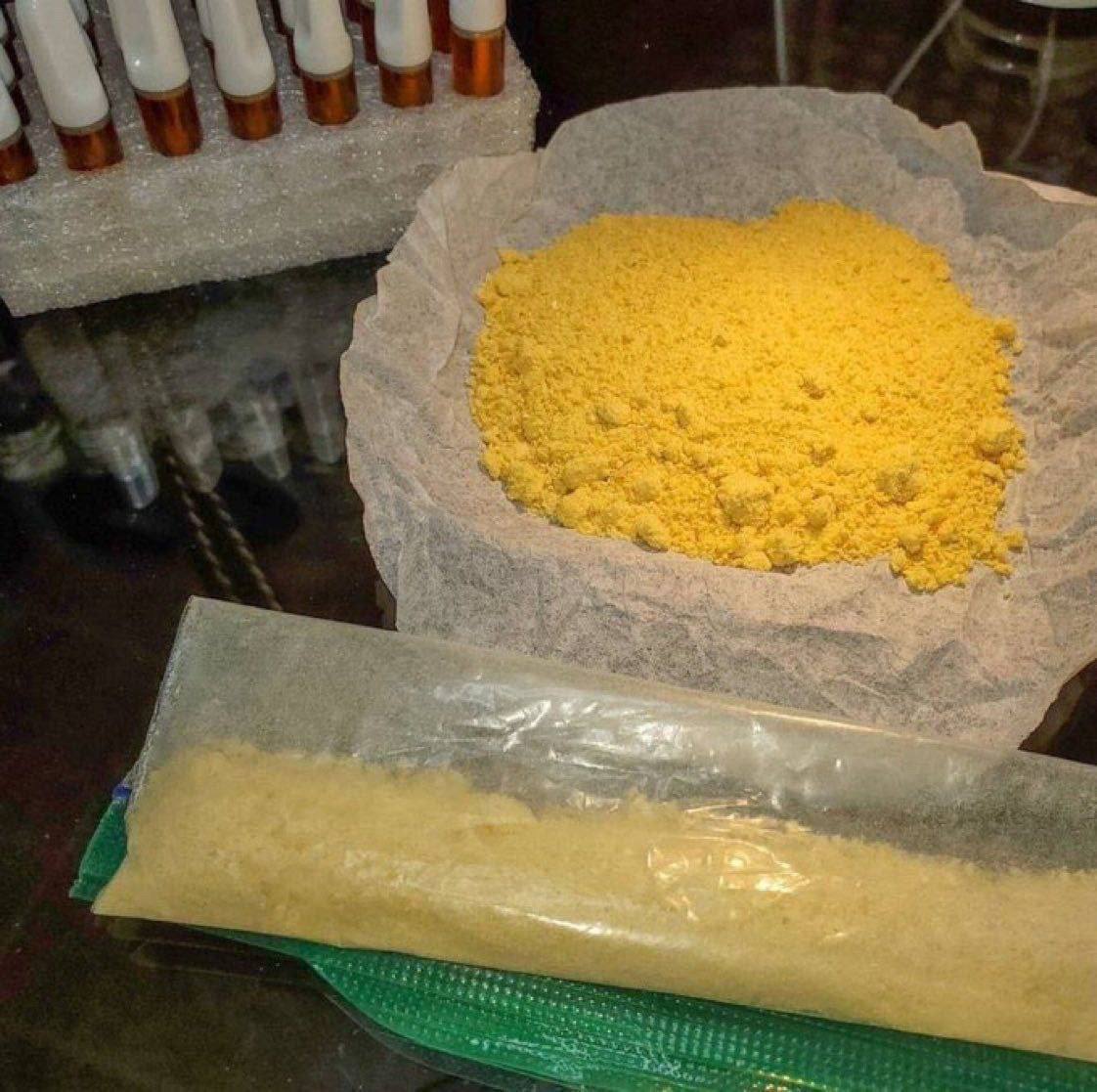Buy 4A-ADB
$150.00 – $2,200.00
Description
4A-ADB: A Comprehensive Overview of a Potent Synthetic Cannabinoid
Introduction
4A-ADB is a synthetic cannabinoid that has garnered attention in the research community due to its potent effects and strong affinity for cannabinoid receptors in the body. As a member of the indazole-3-carboxamide class, it is designed to mimic the effects of naturally occurring cannabinoids like THC but with significantly increased potency. This article provides a detailed look at 4A-ADB, including its chemical properties, potential research applications, safety considerations, and legal status.
What is 4A-ADB?
It is also known as 4-ADBB, is a synthetic cannabinoid that acts on the endocannabinoid system, particularly by binding to CB1 and CB2 receptors in the body. This compound is primarily used in scientific research to study the interactions between synthetic cannabinoids and the endocannabinoid system, helping researchers understand the pharmacological effects, potential therapeutic applications, and risks associated with synthetic cannabinoids.
Key Features and Properties of 4A-ADB
- High Potency: 4A-ADB is known for its high potency, which means it can produce strong effects at very low doses. This makes it a valuable compound for researchers studying the effects of synthetic cannabinoids on cannabinoid receptors.
- Chemical Structure: It belongs to the indazole-based synthetic cannabinoids and is characterized by its indazole-3-carboxamide core. This structure allows it to bind with high affinity to cannabinoid receptors, particularly CB1, which is associated with psychoactive effects.
- Research Applications: It is primarily used in research settings to explore the pharmacokinetics, pharmacodynamics, and toxicology of synthetic cannabinoids. It is not intended for human consumption and should be used only in controlled laboratory environments.
- Legal Status: The legal status of 4A-ADB varies by region, with many countries classifying it as a controlled substance due to its potency and potential for misuse.
How 4A-ADB Works
Its interacts with the endocannabinoid system by binding to CB1 and CB2 receptors, which play key roles in regulating various physiological processes such as mood, appetite, pain sensation, and immune response. Due to its strong binding affinity, It can produce effects that are significantly more intense than those of natural cannabinoids like THC.
- CB1 Receptors: Found mainly in the brain and central nervous system, CB1 receptors are responsible for the psychoactive effects of cannabinoids. It is strong interaction with these receptors can lead to profound changes in mood, perception, and cognition.
- CB2 Receptors: Located primarily in the immune system and peripheral tissues, CB2 receptors are associated with anti-inflammatory and immunomodulatory effects. The binding of 4A-ADB to these receptors may influence immune responses and inflammation.
Potential Uses and Applications
Although 4A-ADB is not intended for human consumption, it is widely used in research settings to study various aspects of synthetic cannabinoids, including:
- Pharmacological Research: It is used to investigate the pharmacokinetics (absorption, distribution, metabolism, and excretion) and pharmacodynamics (effects on the body) of synthetic cannabinoids.
- Therapeutic Potential: Researchers explore the potential therapeutic applications of synthetic cannabinoids, including their use in pain management, neuroprotection, and anti-inflammatory treatments.
- Toxicology Studies: Understanding the toxicity and safety profile of 4A-ADB is crucial for assessing the risks associated with synthetic cannabinoids and for developing safety guidelines in research and potential clinical applications.
Safety and Precautions
Due to its high potency and potential risks, 4A-ADB should be handled with extreme caution:
- Research Use Only: Itis strictly intended for research purposes and should not be used recreationally or for human consumption.
- Proper Handling: Researchers must use appropriate personal protective equipment (PPE) and follow strict safety protocols to prevent accidental exposure or contamination.
- Health Risks: Misuse or improper handling of 4A-ADB can result in severe health risks, including intense psychoactive effects, anxiety, hallucinations, and cardiovascular issues.
- Legal Compliance: Researchers should ensure that their use of 4A-ADB complies with local and international regulations governing synthetic cannabinoids.
Legal Status
The legal status of 4A-ADB varies significantly depending on the country and region. In many jurisdictions, it is classified as a controlled substance due to its potential for abuse and the risks associated with its use. Researchers must be aware of and comply with the legal framework surrounding synthetic cannabinoids in their area to avoid legal issues and ensure ethical research practices.
Conclusion
It is a potent synthetic cannabinoid that plays a critical role in research focused on the endocannabinoid system and the pharmacological effects of cannabinoids. Its high potency and strong binding affinity to cannabinoid receptors make it an invaluable tool for studying the therapeutic potential and risks of synthetic cannabinoids. However, due to its intense effects and potential health risks, it should only be handled by trained professionals in controlled research environments. As synthetic cannabinoid research continues to evolve, compounds like 4A-ADB will remain at the forefront of studies aimed at unlocking the mysteries of the endocannabinoid system and developing new therapeutic strategies.
Additional information
| choose an option | 10g, 25g, 50g, 100g, 250g, 500g, 1kg |
|---|







Reviews
There are no reviews yet.